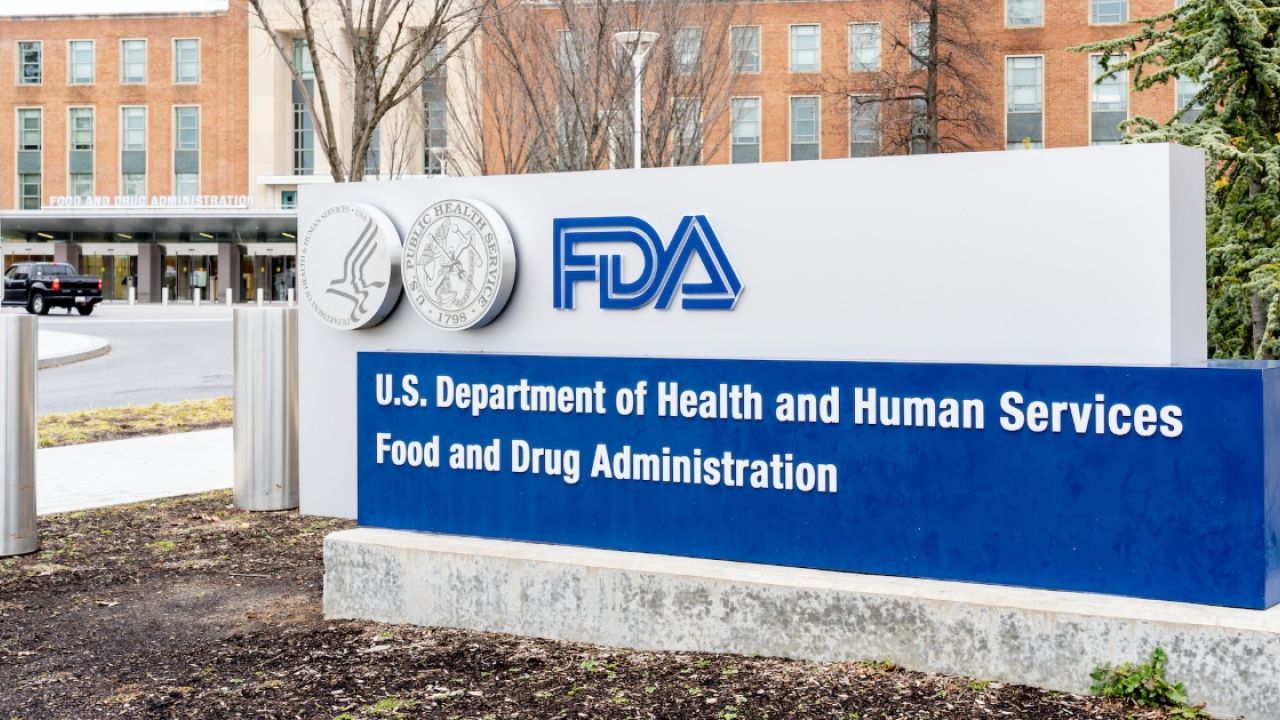
For decades, the Food and Drug Administration has allowed chemical companies to decide whether most food chemicals are safe. EWG recently found 99 percent of the food chemicals that have entered the marketplace since 2000 were reviewed for safety by industry scientists, not the FDA.
But in those rare instances when the FDA reviews chemicals for safety, it does not evaluate old decisions – even if there is new evidence of their health harms.
Some chemicals, like pesticides, must be reviewed for safety by the EPA every 15 years. But there is no requirement for the FDA to periodically double check the safety of food chemicals.
As a result, the vast majority of the chemicals we consume in a host of foods and beverages every day have not been reviewed for safety for decades, if ever. Two chemicals – potassium bromate and propylparaben – linked to cancer and harm to the immune system, respectively, have not been reviewed for safety by the FDA in nearly half a century.
Pledges by the FDA to conduct safety reviews often go unfulfilled. A 1990 promise to review the safety of Red No. 3, which is linked to cancer, was broken. In the case of BVO, a chemical used in soda, the FDA committed to a prompt safety review – in 1977. It’s never happened.
Adding a review of BVO, or brominated vegetable oil, to the federal government’s list of expected actions this year is more akin to a new year’s resolution to eat better – 80 percent of the FDA proposals added to the “regulatory agenda” of upcoming actions are never completed.
Even when organizations petition the FDA, it is slow to act. In the case of BHA, a chemical that has been linked to cancer, the FDA has not responded to a petition to review it for 33 years.
The FDA conceded this lack of “post-market” review in a recent announcement. A task force of experts appointed by the FDA also documented a troubling bias against action, citing infighting and “consistent turmoil.”
Although FDA Commissioner Robert Califf is reorganizing the agency’s food safety program, change will not come soon. All of the FDA’s top food safety leaders recently resigned, and Congress this month rejected its request for more food safety funding.
In the face of this regulatory gap, consumers can use EWG’s Food Scores, our searchable database rating more than 80,000 foods, to avoid chemicals of concern. And to protect consumers, states should not wait to ban the worst food chemicals, as legislators in California have proposed.



